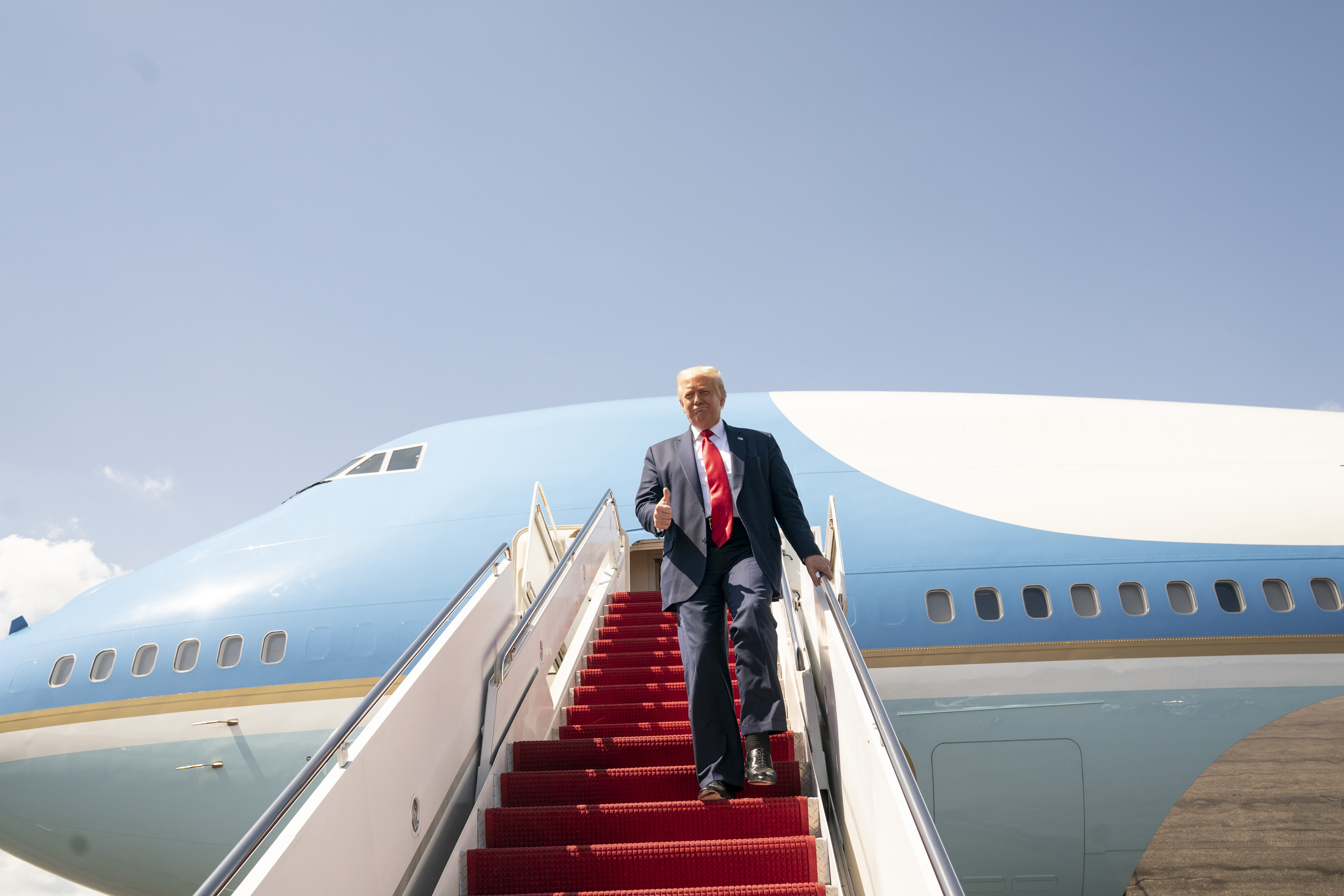Log-in here if you’re already a subscriber
A single tweet sent by Donald Trump in the early morning hours of December 6, 2016 is costing Boeing nearly a billion dollars and counting.
The company was trying to figure out the incoming Commander-in-Chief, then-President-elect Donald Trump. His hardline on trade with China and a seeming (albeit potentially inadvertent) embrace of Taiwanese political leaders had the plane maker trying to guess what a Trump Administration would mean for the country’s largest exporter.
Related: FAA not giving an inch as Boeing big jet programs face slide
Access to China was at stake and America First was going to become policy. What that meant for U.S. airlines protesting the rapid growth of Norwegian Air Shuttle, Emirates airline, Etihad Airways and Qatar Airways – and their hundreds of 737s, 787s, 777s and 777Xs in Boeing’s backlog of orders – was anything but clear.
Within hours of Trump mentioning Air Force One and its price tag (widely reported as inaccurate) on Twitter – threatening to cancel the program – then Boeing Chief Executive Dennis Muilenburg was on the phone with him. It was a congratulatory phone call and one that came with a commitment to keep the cost down on Air Force One and an invitation to Boeing’s 787 factory in South Carolina.
“Boeing is building a brand new 747 Air Force One for future presidents, but costs are out of control, more than $4 billion. Cancel order!”
— Donald Trump, in a tweet, Dec. 6, 2016
Boeing wasn’t the only company figuring out how the unexpected new president would govern, but Muilenburg became one of Trump’s most accessible business leaders. What followed was a deal to cut the Pentagon’s acquisition cost for the VC-25B, the successor to the current pair of heavily modified 747-200Bs flying as Air Force One when the president is aboard. Capping the taxpayer costs at $3.9 billion, rather than design a newly-built 747-8 airframe from scratch, Boeing offered a pair of stored 747-8s that had been destined for defunct Russian airline Transaero.
That decision, born from acute political pressure to have “a voice at the table” and keep the jets’ cost down, planted the seeds for the technical and certification issues – including some previously unreported – now faced by Boeing, already compounded by a pandemic and supplier woes. The heavily-modified planes won’t fly the occupant of the White House until 2026, at least two years late.
Related: New Boeing CEO tasked with fixing rifts he and the board helped cultivate
In tallying nearly $1.15 billion in charges for the jets’ development, Boeing CEO David Calhoun on Wednesday called the agreement with Trump on the VC-25B “a very unique moment, a very unique negotiation, a very unique set of risks that Boeing probably shouldn’t have taken, but we are where we are, and we’re going to deliver great airplanes.”
Subscribe to continue reading...Subscribe to Continue Reading
Our award-winning aerospace reporting combines the highest standards of journalism with the level of technical detail and rigor expected by a sophisticated industry audience.
- Exclusive reporting and analysis on the strategy and technology of flying
- Full access to our archive of industry intelligence
- We respect your time; everything we publish earns your attention


